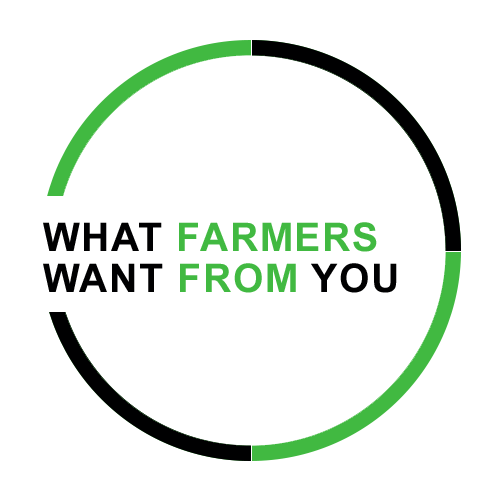 As Larry Konsterlie and his father, Lowell, add new farm equipment into their 2,000 acre corn and soybean operation near Willmar, Minn., they are also adopting precision farming technology into their fleet.
As Larry Konsterlie and his father, Lowell, add new farm equipment into their 2,000 acre corn and soybean operation near Willmar, Minn., they are also adopting precision farming technology into their fleet.
In 2012, the Konsterlies upgraded their planter, row-crop and 4-wheel drive tillage tractors that brought them into the next generation of precision farming equipment.
"For the most part, it's been a smooth transition, and 2013 will be the first year we will have front-to-back information that we can use to make even better cropping decisions," Larry says.
The 22-inch, 24-row John Deere DB44 planter has variable-rate seeding capabilities. An adjustable hitch connects the planter to their new John Deere 8285R tractor; both units are equipped with GPS globe receivers and talk with each other to assure plus or minus 2-inch accuracy. A GreenStar GS3 2630 monitor is the heart of the system.
"We went with an RTK signal this year, and having the planter's and the tractor's position communicated to the adjustable hitch keeps us aligned on the hillsides, especially on some of the Highly Erodible Land (HEL) fields," Larry says. "The first year we planted with this planter, we were able to save $12,000 in seed costs with variable-rate seeding. We typically now aim for 25,000-26,000 population on the higher, sandy or clay ground and 34,000-35,000 population on the more productive ground."
Fall and spring tillage passes rely on SF1 signals for navigation. The 2630 monitor is also used in the combine with either a 30-foot bean head or 24-row corn head.
"The auto-steer really helps, especially with soybean harvest," Larry says. "It's amazing how less mentally fatiguing harvest is with auto-steering."
Konsterlie believes the technology upgrade has been easier because they have a take-it-slow strategy and they have good dealer support.
What Farmers Want From You is a series of farmer profiles that examine the scope of precision farming tools individual farmers are using on their operation, along with the frustrations that can occur with adopting new technology and how dealers can alleviate those "points of pain" for farm customers. For the latest additions to the series, visit our What Farmers Want From You feed.
"We would not be this far along with it if we didn't have a responsive dealer. They have the personnel that can help us install the upgrades and get them working much more efficiently than if we went it alone," he says. "We have come to trust them and use them as much as our crop consultant. There is only so much that you can do alone."
Points of Pain: Working out the Bugs
Konsterlie says he is one of the first in the area to try to use Deere's Remote Display Access capabilities on the GS 2630 monitor, but it's not yet working correctly.
The system allows farmers and/or their dealer to remotely diagnose and troubleshoot machine problems in field, through the operator's in-cab display.
"This function is supposed to let me or even the dealer tap into the monitor to see what's going on, but there are still bugs in it. The fixes are in the works," Larry says. "It could be very handy when someone else is operating the equipment and having trouble."
But software upgrades are not something Konsterlie puts off. He says he prefers to not be making all the upgrades when equipment should be ready to go in the field. Konsterlie proactively works with his dealer to do them as soon as they are available.
"I also keep good notes on how to use the tools, but sometimes I forget, and if I didn't have a good dealer behind me, it would be very hard to remember all the nuances needed to get the equipment going," he says. "I also take advantage of the training sessions they offer. Some are free and others cost, but they are all well worth it."



![[Technology Corner] Autonomy & Robotics Take Center Stage](https://www.precisionfarmingdealer.com/ext/resources/2026/01/12/Autonomy--Robotics-Take-Center-Stage.webp?height=290&t=1768253759&width=400)


